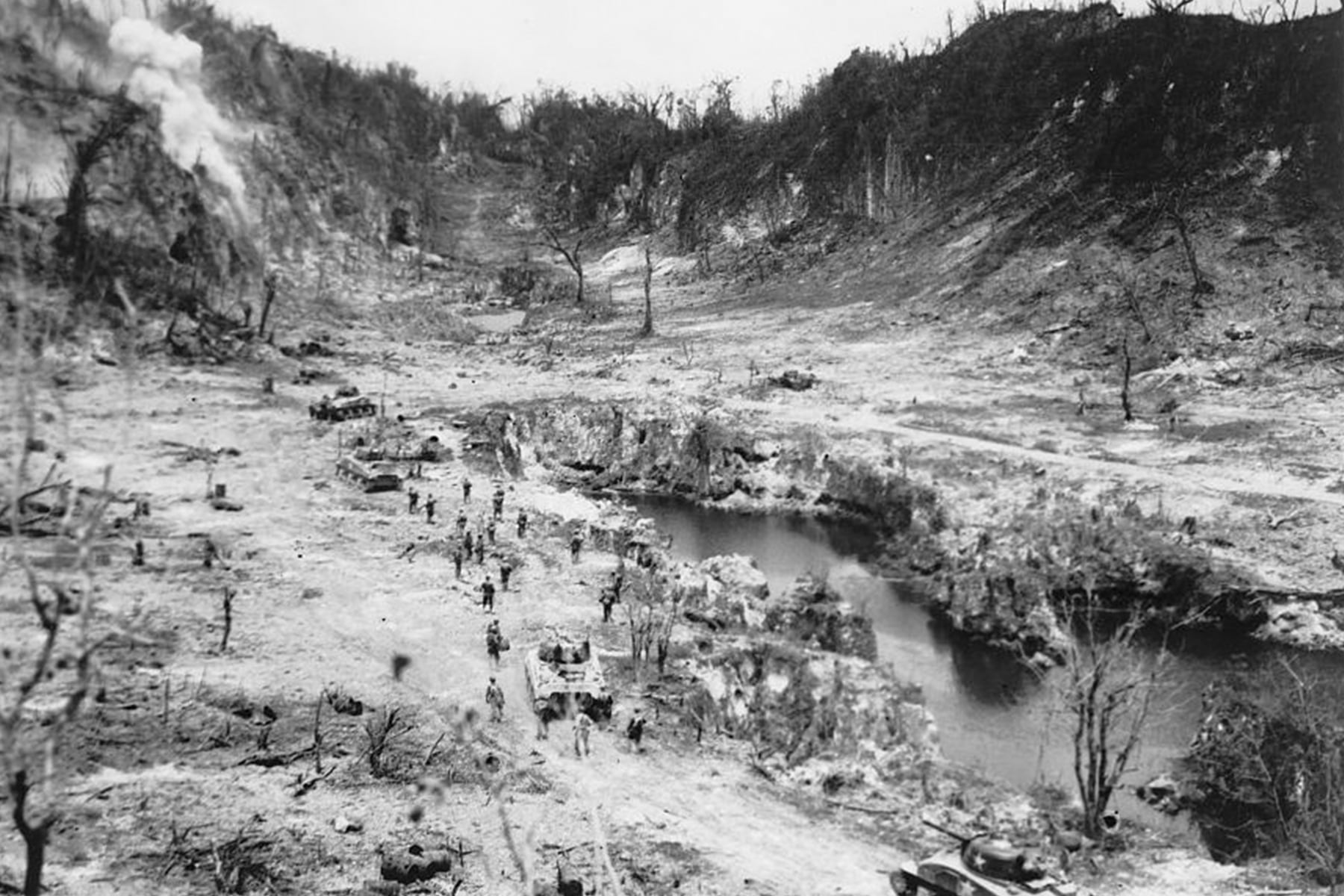“Send in the Marines! The situation is serious. We need to fix it — fast!”
To Americans, these words have a special meaning. Whether it’s conducting a raid on a little known island in the Pacific, launching a major amphibious assault on the Korean Peninsula, rescuing American medical students in Grenada, providing humanitarian assistance to starving people in Somalia, or battling terrorists in Iraq and Afghanistan, the U.S. Marines Corps, being a force in readiness, carries out its missions across the spectrum of human conflict in every clime and place.
Now, though, the Marine Corps is reorienting away from counterinsurgency operations in the Middle East and Southwest Asia to a potential peer-level confrontation in the Indo-Pacific region. This is in response to guidance provided by the 2018 National Defense Strategy (although sponsors of that strategy might argue that it takes the case further than was intended).
Additionally, the Corps’ leadership argues: “The Marine Corps is not organized, trained, equipped, or postured to meet the demands of the rapidly evolving future operating environment.”
Through this plan’s implementation document, Force Design 2030, the Corps has embarked upon a dramatic revision of its force structure by giving up significant infantry, fire support and bridging capabilities; all military police battalions; all tanks; and a considerable number of tilt-rotor, light-attack and heavy rotary-wing squadrons.
Further, the Marine Corps has reorganized some traditional Marine units into what are called “stand-in forces,” whose mission is “to operate across the competition continuum within a contested area as the leading edge of a maritime defense-in-depth.” These small units, armed with anti-ship missiles, are to occupy positions on islands from which they hopefully can sink enemy ships that come in range.
As military professionals, we write to share our very serious concerns that Force Design 2030 is a flawed operational concept in that it is narrowly focused on fighting a specific type of engagement in a specific region, but more importantly in that it changes the very reason the Marine Corps has existed for over 246 years.

Seeking out, closing with, and destroying the enemy by fire and maneuver is a time-honored dictum embedded in the very soul of the Corps. The Corps is an offensive organization and has performed its unique mission of power projection from the sea through its long and glorious history, from small raiding forays during the Revolutionary War to the large amphibious landings of World War II and on the Korean Peninsula. Force Design 2030 essentially reorients the Marine Corps to being a defensive organization designed to occupy static positions while waiting for the enemy to come within range.
Forward-deployed Marine forces in the past were organized using the Marine air-ground task force concept, and they were tasked with a wide variety of missions, ranging from amphibious assault to humanitarian assistance. This flexible formation, unlike Force Design 2030, can carry out a number of diverse missions. For example, in 1983, an embarked Marine unit was headed to Beirut on a peacekeeping mission when it was diverted to help seize the Caribbean island of Grenada and rescue American citizens during Operation Urgent Fury. After the Beirut mission drew to a close, the unit was tasked with evacuating hundreds of American citizens from Lebanon.
Force Design 2030 forces possess no such flexibility.
Force Design 2030 created stand-in forces, which are intended to be relatively small, highly mobile, lethal units that are to operate within the enemy’s “weapons engagement zone,” primarily in the Western Pacific. A stand-in force is specifically organized, trained and equipped for a narrow range of defensive missions in a maritime environment. Again, a stand-in force lacks any flexibility in mission capability. It is a one-trick pony.
Marine Corps units have “fought in every clime and place,” and they are ready to deploy anywhere they are needed, anywhere around the world. In March 2011, Marine Gen. James Mattis, then commander of Central Command, testified before the Senate Armed Services Committee: “I think, as we look toward the future, I have been a horrible prophet. I have never fought anywhere I expected to in all my years.” Force Design 2030 reflects the attitude of its creator, who is certain about the future where others are not. A force tailored to fight in a specific region of the world may find itself unable to operate effectively in a markedly different climate.
The Marine Corps cannot afford to have a significant portion of its fighting units dedicated to only operating in a specific area of the world — in this case, the Indo-Pacific region.
There are a number of other concerns we have with Force Design 2030, to include the abandoning of the principles of maneuver warfare, isolated units having to remain undetected to survive, the over reliance on technology performing as promised and the almost impossible task of resupplying far-flung units over vast distances. These issues we will address in our future writings. In the meantime, we ask that readers also voice concerns about what is happening to your Marine Corps by alerting your elected representatives to these issues. Semper fidelis.
Retired U.S. Marine Corps Col. Gary “GI” Wilson, a former infantry officer, has written about maneuver warfare and fourth-generation warfare. He is now an adjunct professor at Palomar College, where he teaches criminology courses. Retired Marine Corps Lt. Col. William A. Woods, also a former infantry officer, was involved in the early development of maneuver warfare in the service. Retired Marine Corps Col. Michael D. Wyly, who has taught and wrote about maneuver warfare, formerly led tactics instruction at the Amphibious Warfare School. He currently lectures at military schools.




